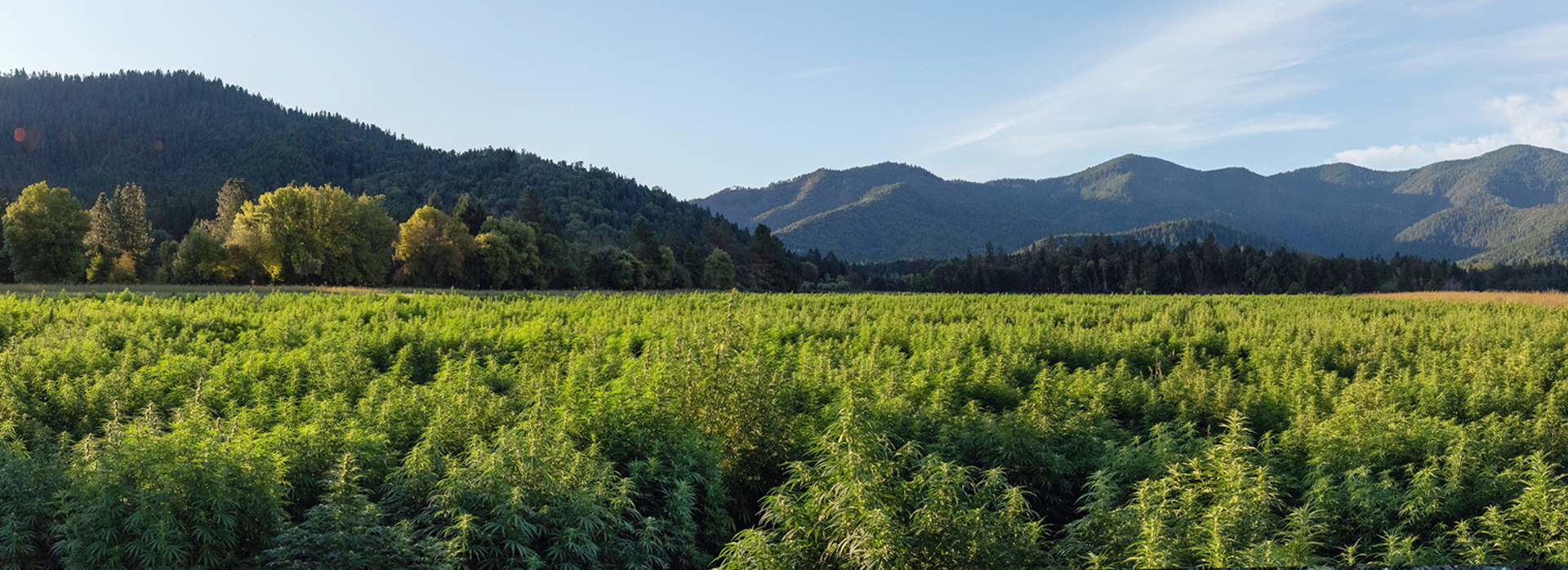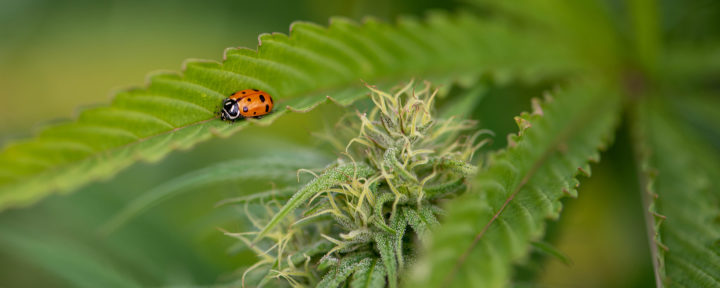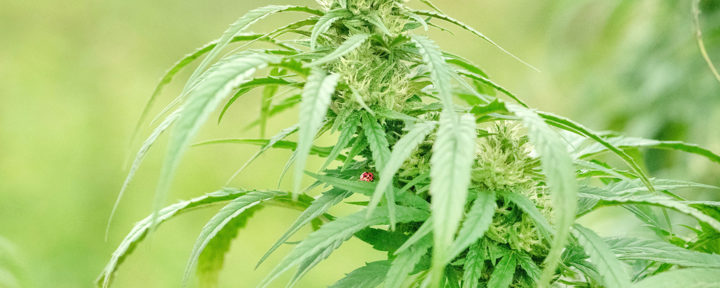To get the best quality Hemp, we start with the best quality soil. Nature takes it from there. This video walks you through the process of harvesting our first Hemp crop, in the fall of 2019. One field alone contained 8,000 or so Certified Organic Hemp plants, each of which was harvested by hand over a two-week period. We started each day early, just after the fog had burned off.
We had to wait until just the right time, when the cannabinoid-rich female flowering tops are at their peak. During maturation, the pistils (the prominent morphological feature of female flower anatomy) will often change from white to pink to red. And the trichomes, glandular secretions that concentrate around each budding flower, will change from translucent or clear to a golden amber. After the flowering top are collected, the rest of the plant gets turned back into the soil, where it decomposes and helps to feed and nourish soil micro-organisms.
After harvest, we prepped the Hemp for extraction by drying it slowly and at low temperatures over four to six days. This approach helps preserve the terpenes. Each day, we had to check on the Hemp and turn it so it dried evenly. Once dry, this Hemp was tested and then extracted.
With Hemp (Cannabis sativa), as with all herbs we grow, we use nature as our guide and do only what is necessary — with no extra steps but plenty of careful attention along the way. Watch the whole process.
HERB AT A GLANCE
Botanical name: Cannabis sativa
Common name(s): Hemp
Plant Family: Cannabaceae
Native habitat: central Asia
Parts used: female flowering tops
Botanical description: Female flowers are typically green (can also be red or purple) and are covered with resinate glandular trichomes (small but visible “hairs”).




